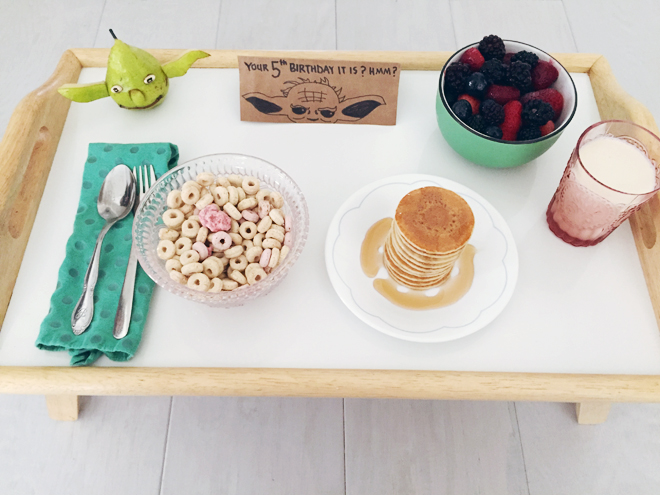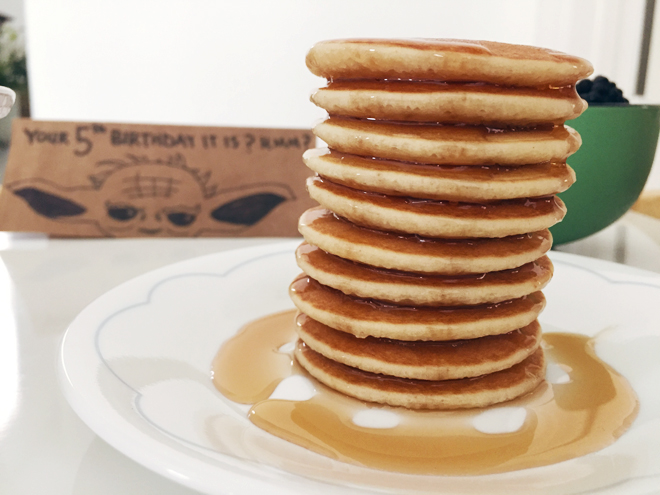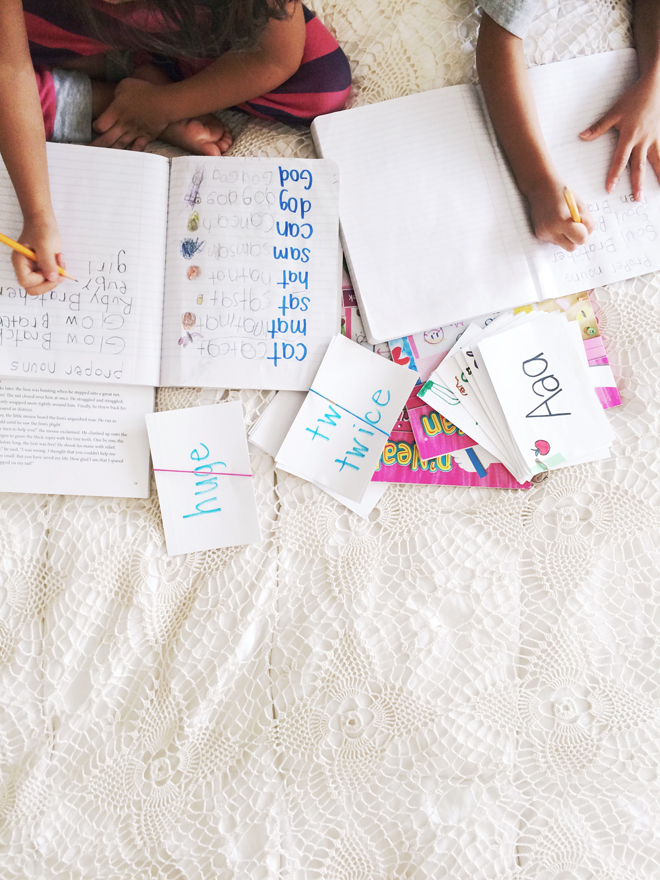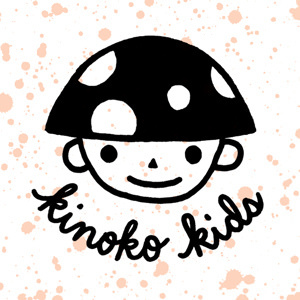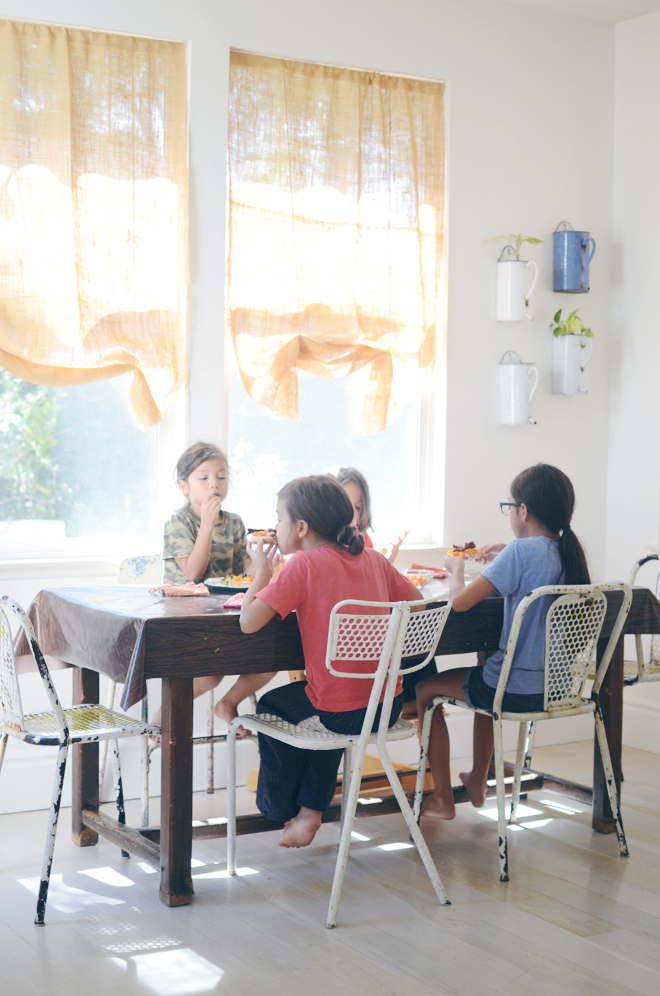 Happy October! It’s Ben here and it seems it’s been about 2 years since my last post. It’s always our intention for me to share more in this space, but life gets busy, and Ruby is just faster at this blog thing than I am.
Happy October! It’s Ben here and it seems it’s been about 2 years since my last post. It’s always our intention for me to share more in this space, but life gets busy, and Ruby is just faster at this blog thing than I am.
Most children have been back to school for about a month now, and following are a few tips on nutrients our children need to prepare them well for those busy school days…
Plan meals and snacks that best prepare kids for the classroom
Brain, the spinal frontier. These are the voyages of the starship Energize. It’s mission: to supply the nutrients needed to help your child’s attention and memory, to perform better in school, to boldly grow like many other healthy students have done before.
We don’t need to be fans of the show to picture this imaginary scenario in our kids’ bodies… the “starship Energize” whisking around to the tune of the eerie theme song, supplying fuel, vitamins and minerals needed to maximize the brain’s capacity. And while it doesn’t happen quite like that, the truth is that our children’s brains do need necessary nutrition for concentration and academic achievement.
I’m givin’ her all she’s got, Captain!
(Captain Kirk’s response to that? “All she’s got isn’t good enough! What else ya got?”) Research continues to show that when children aren’t receiving the fuel (glucose!) and nutrition they need, correlations can be made to lower grades, absenteeism, and an inability to focus.
Glucose is the fuel that keeps the brain functioning. Children burn through glucose faster than adults—children aged 4-10 double the rate of adults (the pace shrinks down to adult levels by the time they’re 16-18 years of age) *1. Combine this higher glucose usage rate with a longer fasting period overnight (increased sleep requirements), and breakfast becomes, well, the most important meal of the day.
Furthermore, diets deficient in vitamins and minerals are associated with lower grades among students *2. Studies also show diets with inadequate fruits, vegetables and dairy products negatively impact academic performance *2.
Beam, er, eat us up Scotty
So the message is clear about nutrition’s vital role in our children’s learning… breakfast is indispensable, glucose is essential, vitamin- and mineral-rich foods are needed. OK. Glucose isn’t the name of some globular space invader… it’s actually something required by our brains. So how does all this nutrition information compute in the real world?
Balanced meals are one of the keys to obtain steady glucose and adequate vitamins and minerals. A straightforward way of thinking of balance is through USDA’s MyPlate icon. Glucose will be an eventual (eventual is good; too fast isn’t) byproduct of carbohydrates, which come from four of the six groups: grains, fruits, vegetables, and milk. (Choose minimally processed foods for all groups; this will aid in glucose becoming that eventual byproduct). The two remaining groups: protein (lean sources hopefully), and fats/oils (not pictured on the plate, but healthful ones ideally).
Following are breakfast foods to mix-n-match for balance, as you plug them into MyPlate; examples follow. Make the mother ship proud! (More breakfast ideas here; snack ideas here.)
Grains: oatmeal; whole grain cereal, toast, tortillas, whole grain English muffins
Fruit/Vegetables: seasonal and whole; dried/canned – no sugar/minimal salt added; frozen; dried
Milk: skim/1% from the cow, soybean, or almond; light yogurt
Protein: beans, eggs, Canadian bacon, Greek yogurt, low-fat cheese, nut/seed butters, (ex: old fashioned-style peanut butter)
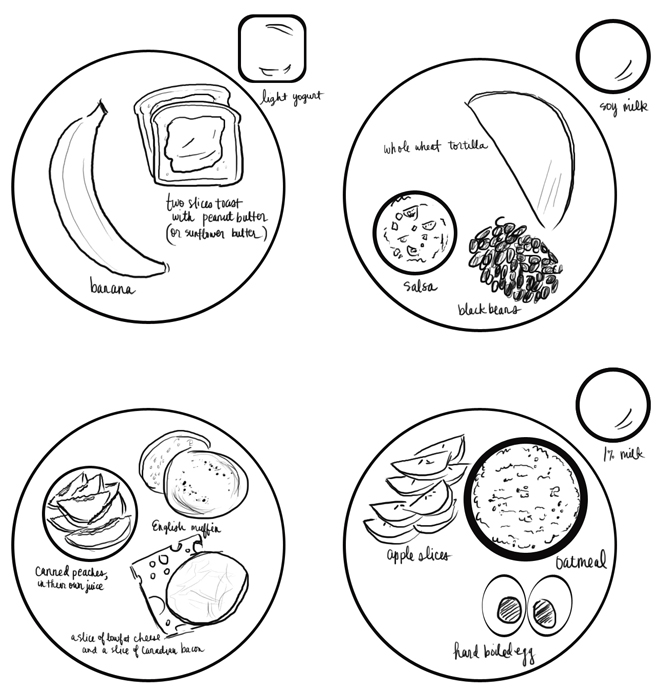 Live long and prosper
Live long and prosper
To feel confident declaring this phrase as it applies to balanced meals (while giving the Vulcan salute!), there is one, non-food ingredient that is key: planning ahead. Without planning, breakfast and snacks either become (a) non-existent, or (b) highly processed, low-nutrition convenience foods fumbled into the diet’s atmosphere.
Planning ahead involves:
• Having a variety of brain-boosting foods ready to fit your abilities and your schedule. Even if your mornings are filled with meteor shower-like craziness, plan around that! Switching it up is also important for kids since they’re not droids; a constellation of possibilities is fun!
• Thoughtful purchases in that Milky Way of a grocery store. Our role as parents involves the “what,” as in what is served. There will be a domino effect of what you do or don’t select at the market; make it a positive one!
• Ensuring kids have a bedtime early enough to enable sufficient time to eat something in the morning. (And more time could lead to the entire family eating breakfast; family meals have a mass of research to support their importance!)
Our children’s brains need balanced nutrition to give birth to all the brilliant supernovas waiting to ignite. And before launch, we as parents need to make preparations in our internal mission control centers. Changes like these take time… don’t expect warp speed. Experiment. Be patient!
—
*1. Chugani H. T. (1998). A critical period of brain development: studies of cerebral glucose utilization with PET. Prev. Med. 27, 184–188 10.
*2. http://www.cdc.gov/healthyyouth/health_and_academics/pdf/health-academic-achievement.pdf














 Loading InLinkz ...
Loading InLinkz ...
